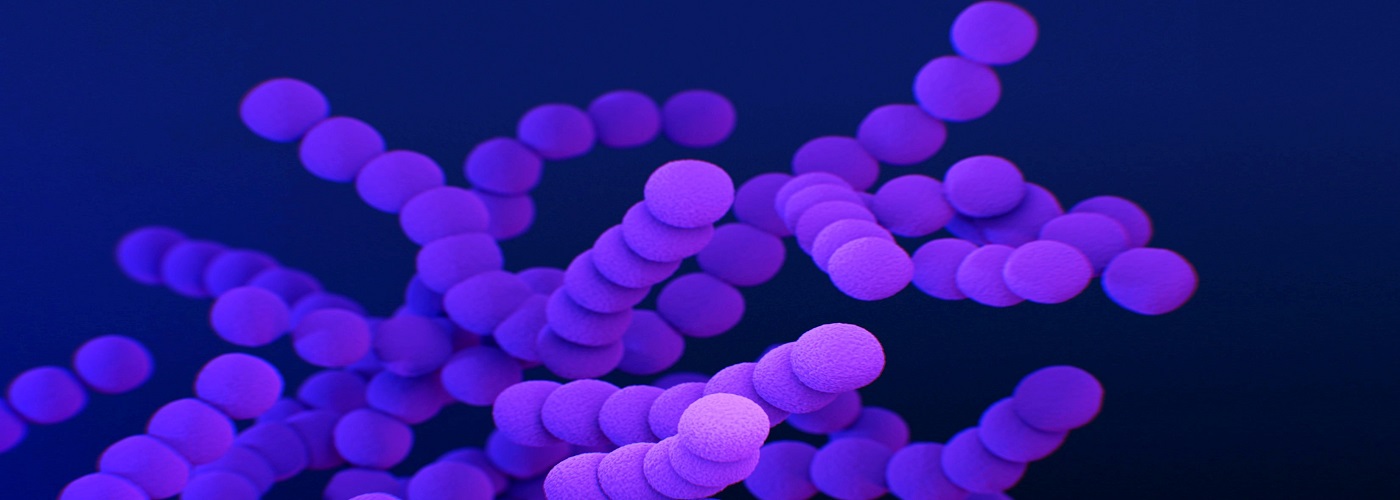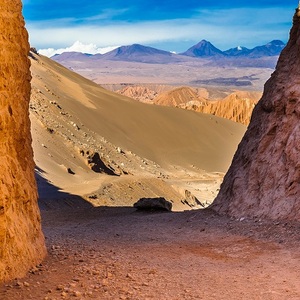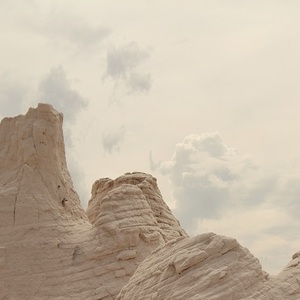

Chile’s
Atacama Desert is one of the driest places on Earth. Portions of this
desert can go years without experiencing any rainfall. In fact, the
Atacama is so dry that NASA has used the region to test Mars landers.
Even in this seemingly inhospitable environment, though, scientists
are still finding evidence of life. With little to no water, life, in
the form of cyanobacteria, has been found to actually extract water
out of minerals in the rocks, according to research from the
University of California - Irvine, Johns
Hopkins University, and UC Riverside.
The name of this hardy
cyanobacteria which lives inside rock (called endolithic bacteria) is Chroococcidiopsis. The research team first noticed a pattern that whenever this bacteria was found in the Atacama, both the minerals gypsum and
anhydrite were often present in the rock sample, as well. The mineral
gypsum is a water-containing calcium sulfate-based mineral. The
hypothesis was that these bacteria extracted the water content from
the gypsum and converted it to the dehydrated mineral, anhydrite.
This was confirmed when small samples of the rock were exposed to
both arid and moist conditions in the lab. For the rock samples in
the moist conditions, the bacteria didn't produce anhydrite, as they
just extracted what water they needed from the environment. However,
the bacteria in the arid conditions behaved just like they did in the
Atacama, excreting organic acids to effectively mine the rock for its
water content.
The case of the Atacama's Chroococcidiopsis
shows
that even though a rocky surface might appear devoid of life above
the surface, below the surface, even in the seeming absence of water,
life may thrive. These extremophiles on Earth provide more evidence
that we may someday find life in the seemingly inhospitable
conditions on Mars or beyond.

